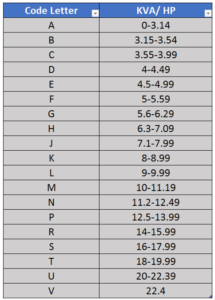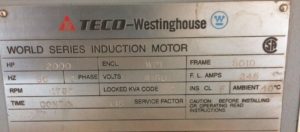Induction motor starting on full voltage (also known as across the line starting or direct on-line starting) has the undesirable effect of drawing five to ten times or more of their full load current. Usually this starting current persists till the motor reaches close to its synchronous speed (rated speed). Induction motors under starting conditions have extremely low power factor of around 10-30%. The combination of large starting current and poor power factor will cause large voltage drop across the system impedance.
The following calculators can be used to calculate the motor starting voltage drop and starting inrush current of 3 phase induction motor using infinite source assumption as well when electric utility source impedance data is available.
Motor Starting Current and Voltage Drop Calculator
Use below calculator if the utility or generator source impedance is not known.
Use below calculator if the utility or generator source impedance is known. This calculator will be produce more accurate results compared to the one above which does not account for utility source impedance. Read source impedance calculation in power systems for additional information on short circuit MVA calculation.
NEMA specifies design letters to indicate torque, slip and starting characteristics of three phase induction motors.
Design A: These motors are similar to type ‘B’ motors except that starting currents are not limited for design A motors by NEMA.
Design B: These are general purpose industrial motors with low starting current, normal torque and slip (around 3%). These are used for many common industrial loads (fans, HVAC etc).
Design C: These motors have high starting torque, low starting current and low slip. These motors can be used for hard to start loads.
Design D: These motors have very high starting torque, high slip and low starting current. Design D motors are available in 5-8% slip and 8 to 13% slip.
NEMA Code Letters are provided below for easy reference.

NEMA Code Letter

Typical Motor Name Plate Data
For more detailed discussion on induction motor starting and the related equations for calculating voltage sag and starting current click here.
